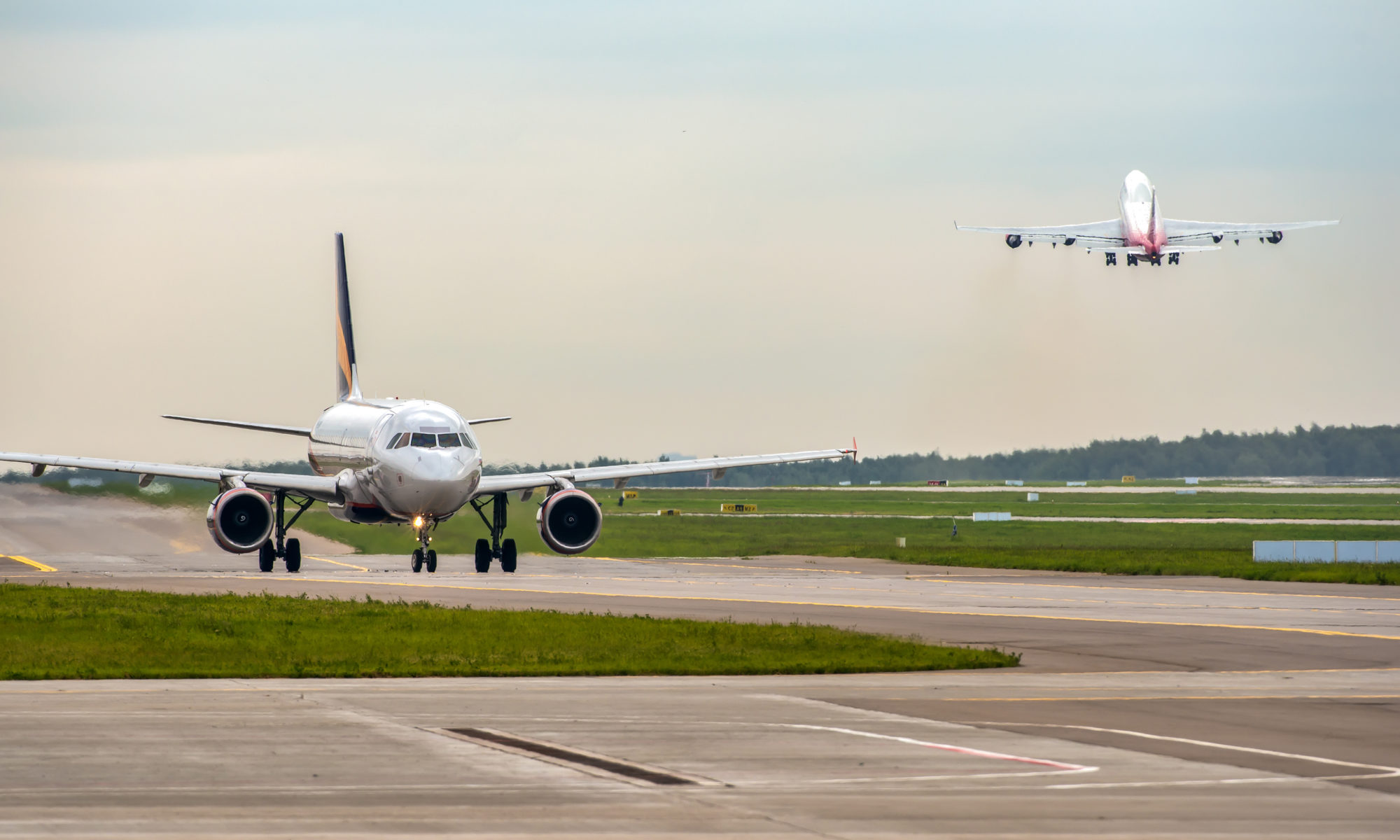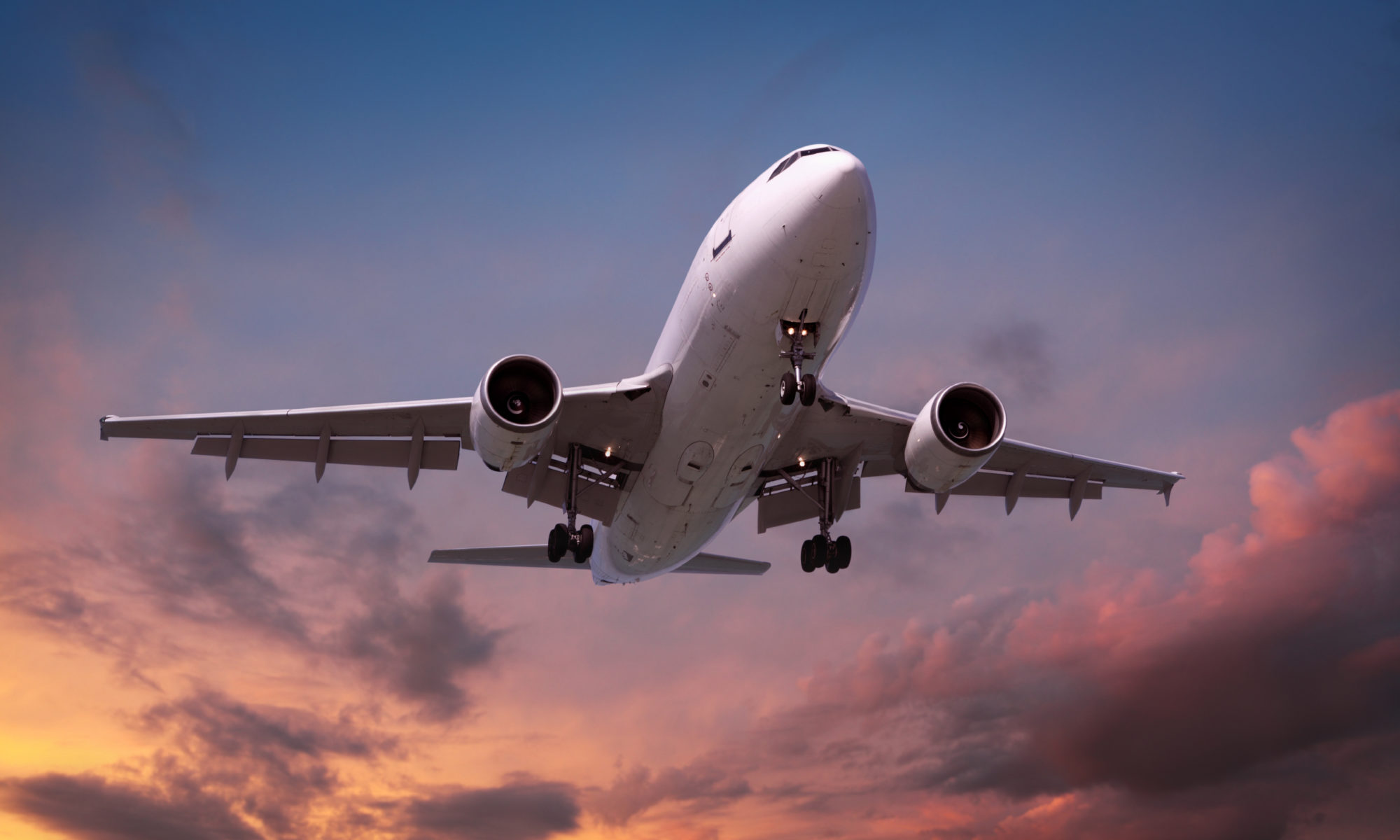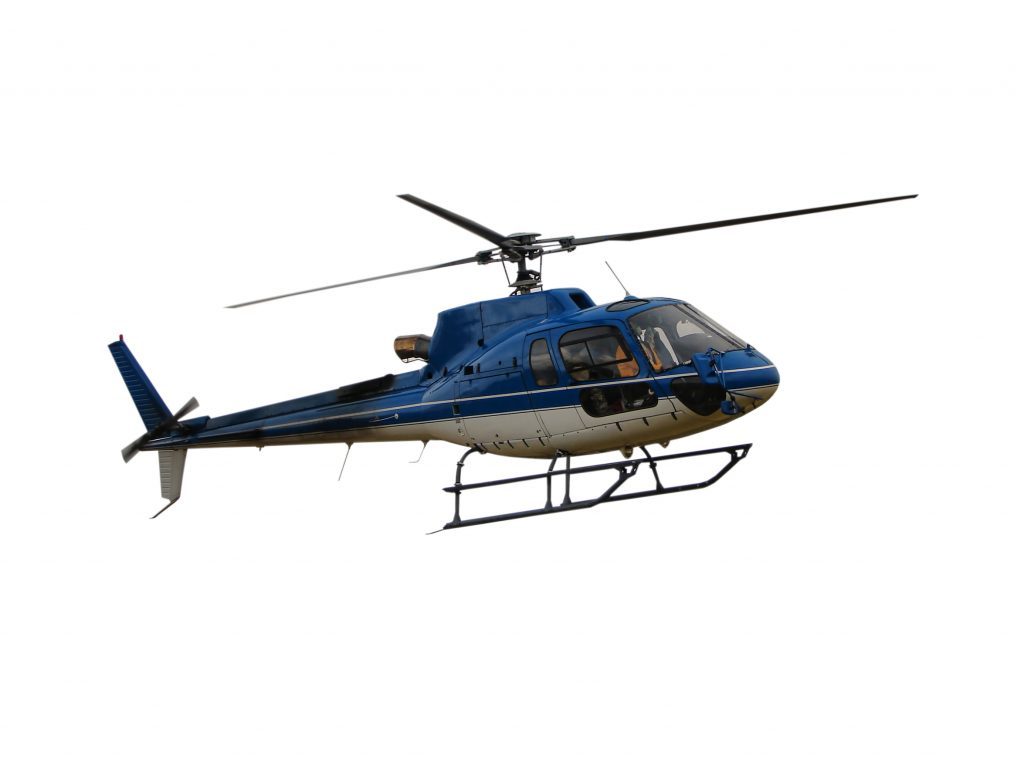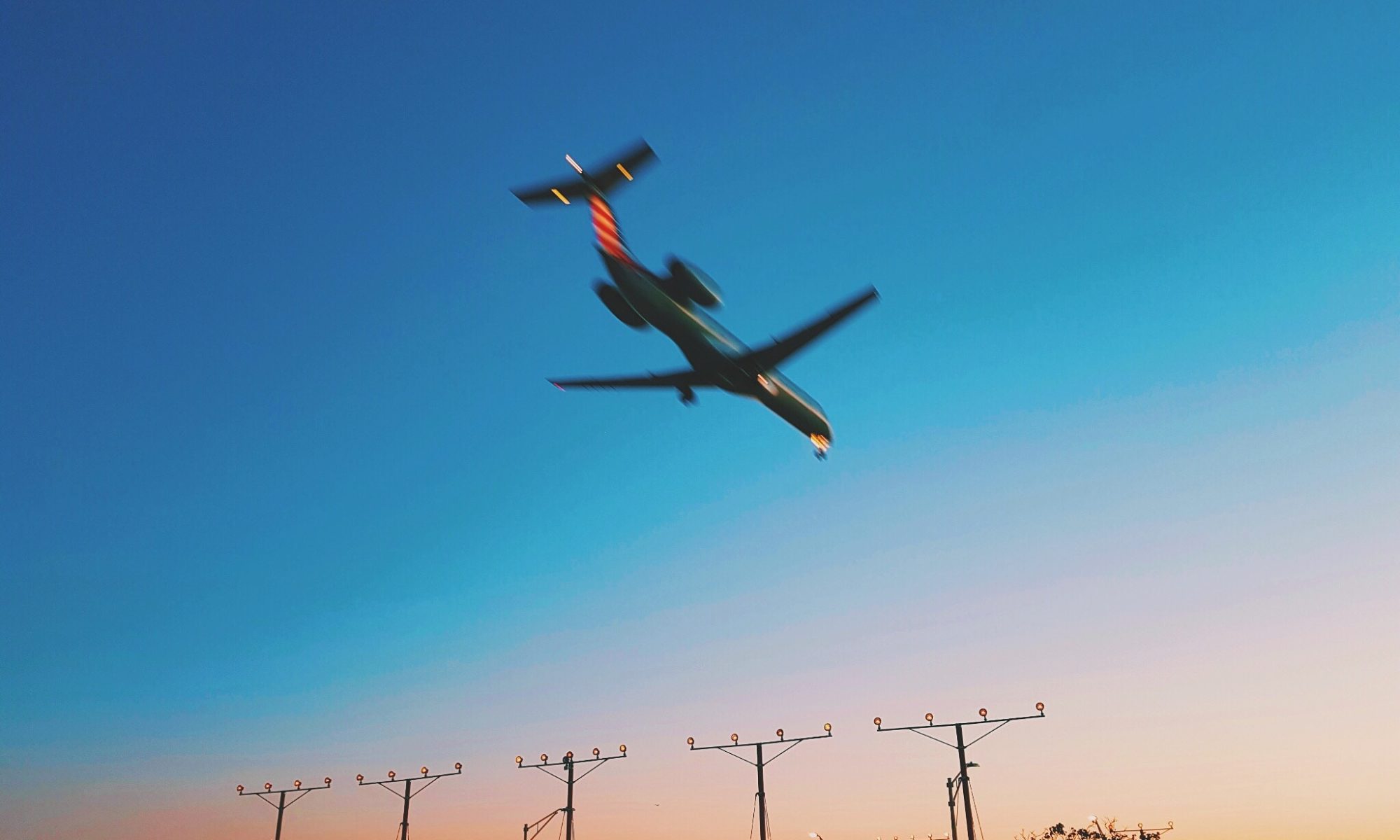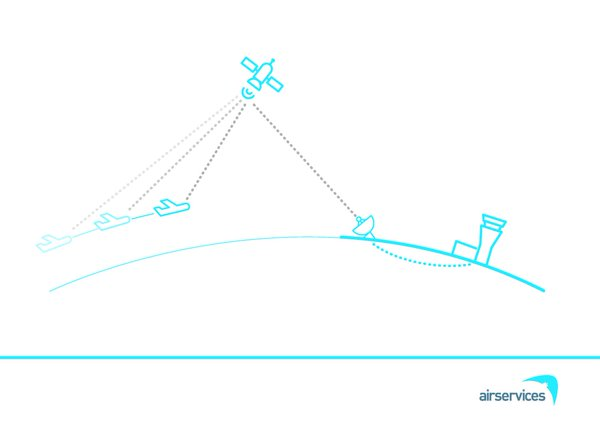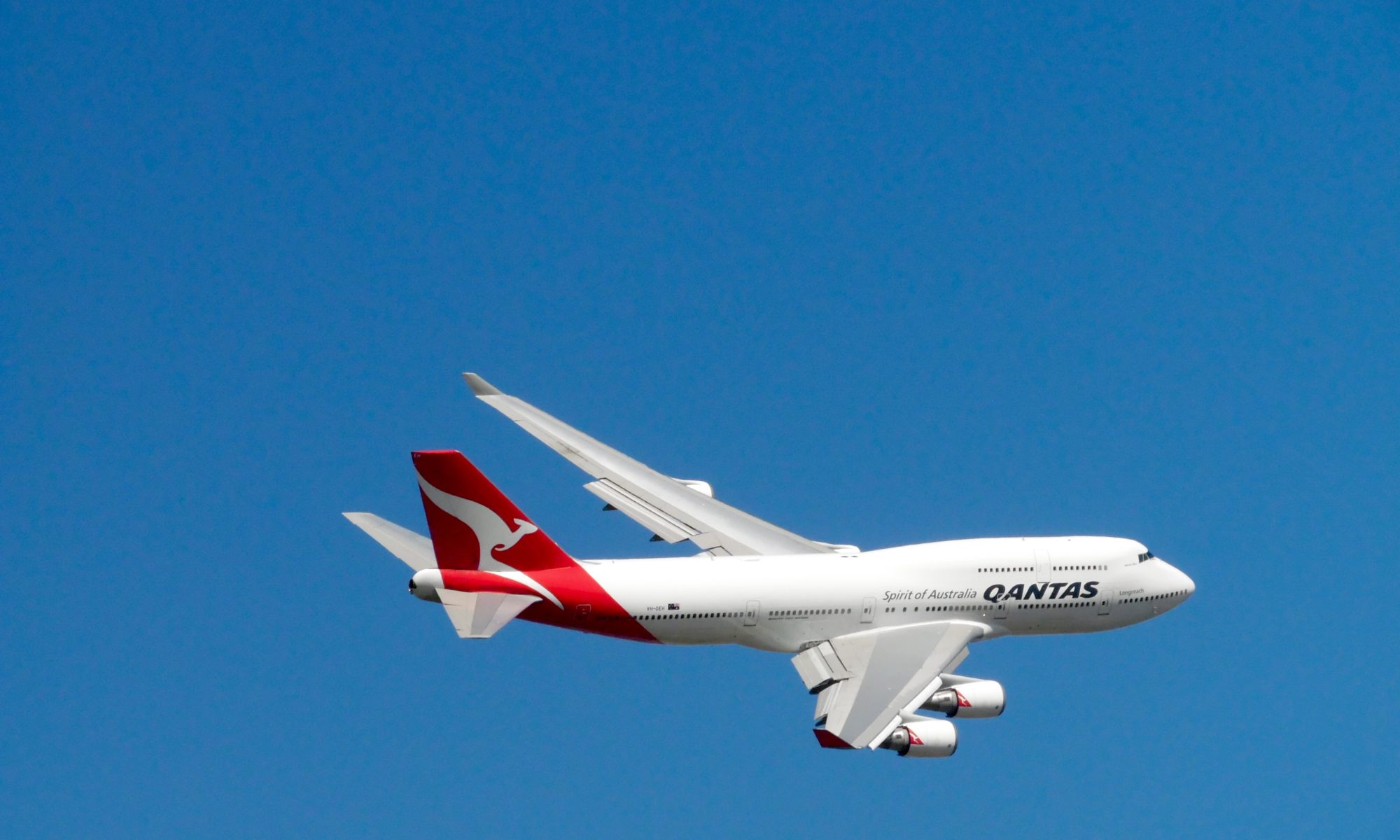Responsibility for aviation operations is shared between a range of parties including Airservices, other federal government agencies, airlines and operators, pilots, airports and state and local governments.
AIRSERVICES AUSTRALIA (AIRSERVICES)
Airservices is Australia’s civil Air Navigation Service Provider (ANSP) to the aviation industry and provides aviation rescue firefighting services at 27 of Australia’s busiest airports. Airservices is a corporate Commonwealth entity established and governed by the Air Services Act 1995. Airservices publishes aeronautical data, maintains aviation telecommunication infrastructure and radio navigation aids, updates flight procedures and provides a national aircraft Noise Complaints and Information Service (NCIS).
AIRPORT OPERATORS
Airport operators are the decision-makers for all on-airport activities, including developing infrastructure to support aircraft operations, such as new runways, and safeguarding aviation operations. Airport operators may also develop noise management plans, limit aircraft movements, encourage quieter fleets, prepare long-term forecasting of aircraft noise around the airport, such as the Australian Noise Exposure Forecast (ANEF), and manage local community engagement.
AIRCRAFT OPERATORS
Aircraft operators are responsible for what is referred to as “noise at source”. They make decisions about what type of aircraft they operate, what engines they equip aircraft with, and which airports they fly those aircraft to. Aircraft operators can also modify aircraft to reduce noise impacts and invest in newer fleets. All these factors can impact the noise experienced on the ground.
CIVIL AVIATION SAFETY AUTHORITY (CASA)
The Civil Aviation Authority (CASA) is a government body that regulates Australian aviation safety. It sets rules that pilots, aircraft operators, air traffic controllers and airports must comply with. CASA validates the instrument flight procedures Airservices produces and is the ultimate approver of Airspace Change Proposals.
DEPARTMENT OF INFRASTRUCTURE, TRANSPORT, REGIONAL DEVELOPMENT, COMMUNICATIONS AND THE ARTS
The Department of Infrastructure, Transport, Regional Development, Communications and the Arts (the Department) is responsible for administering Minister approval of airport infrastructure projects for federally leased airports, generally submitted through a Major Development Plan (MDP) and Environmental Impact Statement (EIS), and for providing policy advice to the Minister on the efficient management of Australian airspace and aircraft noise and emissions. The Department can make recommendations to the Government on regulatory measures to manage aircraft noise. This department is also responsible for setting the requirement for federally leased airports to produce an ANEF.
DEPARTMENT OF CLIMATE CHANGE, ENERGY, THE ENVIRONMENT AND WATER
The Department of Climate Change, Energy, the Environment and Water (DCCEEW) administers the Environment Protection and Biodiversity Conservation Act 1999 (EPBC Act) and is involved in assessing any proposed changes to aircraft operations that trigger “significance” under this Act. The Commonwealth Minister for Environment provides advice on these changes.
DEPARTMENT OF DEFENCE
The Department of Defence is responsible for aircraft operations by military aircraft at military-controlled airports. They provide information, undertake community engagement and are responsible for managing complaints about military aircraft noise.
STATE AND LOCAL GOVERNMENT
State, Territory and Local Governments are responsible for land use planning around airports through zoning, subdivision control, and comprehensive planning actions. Local Governments may also be airport owners.
AIRCRAFT NOISE OMBUDSMAN
The Aircraft Noise Ombudsman conducts independent administrative reviews of Airservices and Department of Defence management of aircraft noise-related activities.

